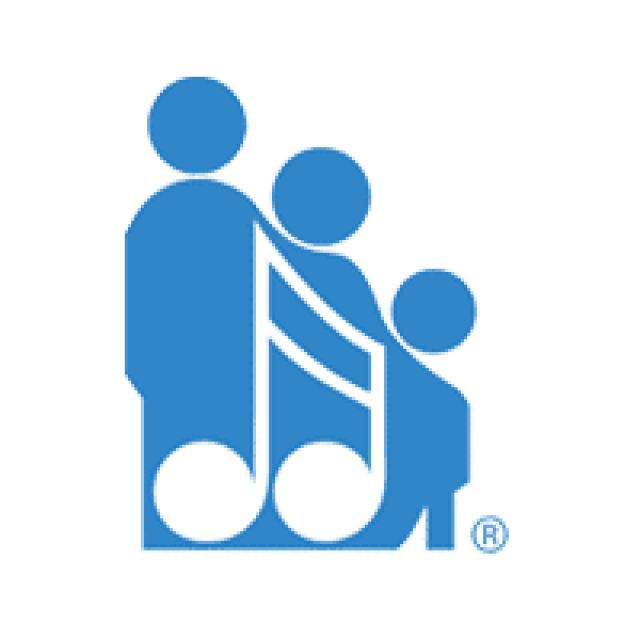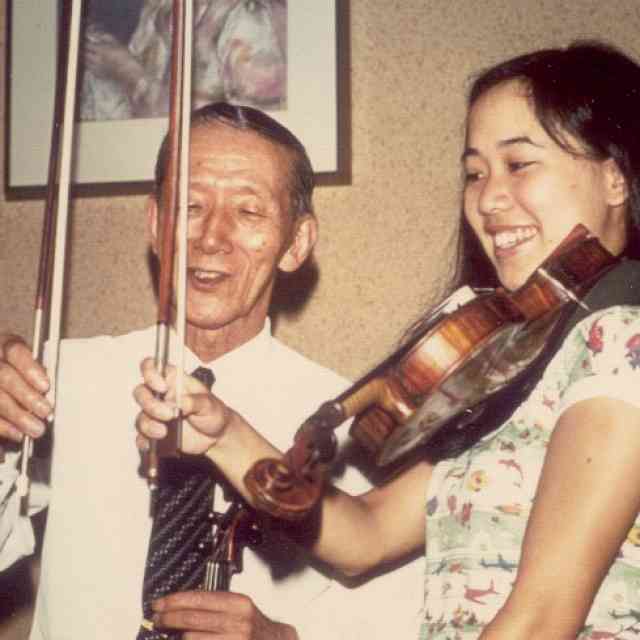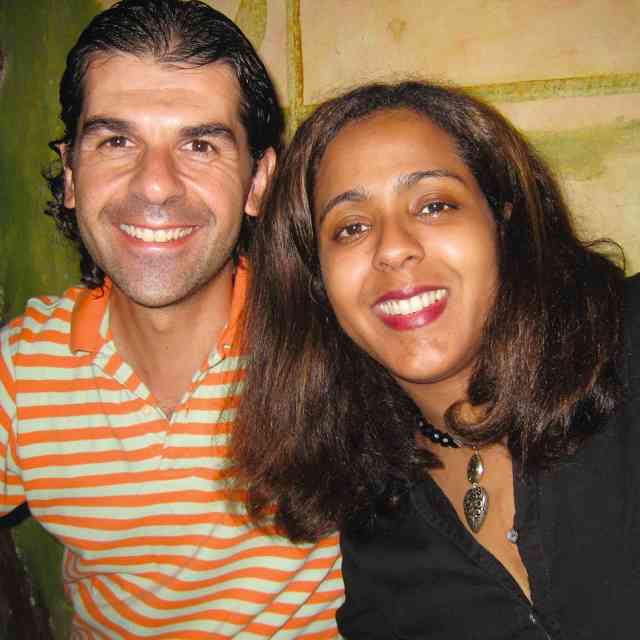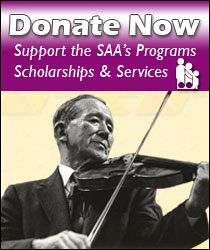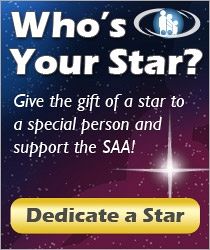By Laura Elena Jáuregui Wynter
In these times where Diversity, Equity, Inclusion, and Accessibility (DEIA) efforts are being discouraged, if not altogether banned, I am reminded of Dr. Suzuki’s belief that in every child there is a seed of success that will grow with nurturing attention and positive feedback. Instead of focusing on the hotbutton arrangement of these letters into “D.E.I.A.,” I propose rearranging them to explore the I.D.E.A. behind Dr. Suzuki’s vision that “Every child can learn.” Dr. Suzuki calls upon us as teachers to Include every child in our programs, welcome Diversity, and treat every family Equally by providing Accessible tuition.
I—Inclusion
“Every child can learn” inspires the idea of inclusion: inclusion of children of all socio-economic classes, children of all cultures, children of all races, and children of all learning styles. I share Dr. Suzuki’s “dream for the happiness of all people,” as articulated in Nurtured By Love. In my annual parent orientation, I share this dream with parents interested in violin lessons using the Suzuki Method. In this orientation, parents watch the documentary Nurtured By Love and hear about my experiences as a Suzuki kid, as a Suzuki Parent, and as a Suzuki Teacher. Once families commit to my program, they participate in weekly individual lessons and group classes. These group classes are one of the benefits of the Suzuki Method. They provide the opportunity for children to feel included in a community, and for parents to connect with other families that they might not otherwise have crossed paths with—which is the essence of the idea of “inclusion.” The Suzuki Stumptown program includes violins, cellos, basses, and guitars. Students perform in six recitals during the school year, three of which are ensemble performances. Our group recital programs always include pieces outside of the Suzuki repertoire. Dr. Suzuki states that “A newborn child adjusts to his environment in order to live and various abilities are acquired in the process.” Exposure to non-Suzuki repertoire expands my students’ inventory of harmonies and rhythms and as a result, they adjust and develop various abilities to interpret music from different cultures and composers, giving them an inclusive musical experience.
D—Diversity
“Every child can learn,” suggests diversity. Over the past 36 years, I have experienced teaching neuro-diverse children, students with diverse cultural backgrounds, and children who speak different languages. My father immigrated to this country as a young adult from Mexico, so my home environment was bilingual and bicultural. Thanks to this, I have had many opportunities to travel, perform, and teach in Mexico. These experiences bring to mind the quote from Einstein that “People are all the same.” I agree that there are many similarities, but I have also noticed different nuances during my time in Mexico. As a member of the Jalisco State Symphony in Guadalajara, the notes on the page sounded the same but were referred to as Do–Re–Mi–Fa–Sol–La–Si. As a teacher at several Suzuki festivals and workshops in Mexico, I noticed that the loving care of parents towards their children is the same, but they express it differently. For me, one of the benefits of being a Suzuki teacher is being able to teach and travel with my students to participate in SAA events in Mexico and Puerto Rico. Thanks to participating in these workshops and festivals, my students have had exposure to the diverse landscape of Suzuki teachers from all of the Americas. As Dr. Suzuki declared, “What does not exist in the environment is not developed.” If there is no diversity in the environment, it is not developed.
E – Equity
The statement “Every child can learn” is the belief that there can be equity. Equity takes on many definitions depending on your perspective. How can equity exist in our inequitable societies? The United States, like all other countries, certainly has inequities. It can be easy to blame the existence of inequities on “The System,” but I believe it is equally the responsibility of all individuals in their respective areas to practice equity to the best of their ability.
One example of this is when I called upon the community of families in my program to give financial support so that my student, Andrea, could participate in the Oregon Suzuki Institute (OSI). Andrea, who is from Guatemala, was awarded a partial scholarship from the OSI and another partial scholarship from the MusicLink Foundation. Andrea’s family was able to pay a small amount to cover the registration fee, but there was still a balance to be paid in order for her to attend the institute. I made a request to the Stumptown families and received several replies from families offering to pay the outstanding balance. The community I have nurtured and created supported Andrea so that she could have the same experience of attending an institute as the rest of my students. In the words of Dr. Suzuki, “Whether a person is born into a rich family or a poor one is beyond his control.” Creating a community of families that come together for the good of all children, not just their own, is another benefit of adopting Dr. Suzuki’s philosophy.
A – Accessibility
“Every child can learn” can only be realized through accessibility. Dr. Suzuki states in Nurtured By Love that “many babies who could have been educated failed to be educated on account of poverty.” This is my first year having a studio policy with different tuition tiers. My inspiration came from attending the “Equitable Tuition Strategies” lecture given by Annie Barley Givler and Meg Lanfear at the 2024 SAA/ASTA Conference. As a result, I have implemented three tiers of tuition. The first tuition tier is labeled “tree.” This is the rate families pay to cover the real cost of lessons that helps keep my program sustainable. The “branch” tier allows single-income families to pay 10% less. The “seed” tier allows families who qualify for free or reduced lunch to pay 50% less. Families in the “seed” category register with the MusicLink Foundation so that they can also access summer music camp scholarship funds. To ensure that families can access Dr. Suzuki’s dream of developing a noble heart through music, all Stumptown teachers are registered with the MusicLink Foundation.
I, along with my Stumptown colleagues, concurrently work for the local El Sistema-inspired organization, the Bravo Youth Orchestras. It is a non-profit that gives public school students access to music education in the North Portland neighborhood that is home to the majority of the city’s black and brown communities. Thanks to my involvement with this non-profit organization, close to 100 head-start students, ages three to five, have access to weekly early music education classes inspired by the Suzuki Early Childhood Education curriculum. In addition to working with the youngest public school student population, I also work closely with the young teachers involved with the Bravo Youth Orchestra program. By sharing with them all that I have learned from the Suzuki pedagogy, I have inspired them to access training.
Connecting the Dots
Connecting the Suzuki dots of my life brings me to this moment. I began my Suzuki violin studies at the age of five in 1977. After a few years of being a Suzuki parent, my mother began to teach piano lessons to my sister using Dr. Suzuki’s method in 1980, and then started taking on more students the following year. In 1981, I attended a Talent Education Tour concert directed by Dr. Masaaki Honda. The program featured ten Suzuki children from Japan. Later, when I was sixteen years old, my mother encouraged me to start teaching, and so I did by giving violin lessons to the siblings of her piano students. Thanks to a scholarship from the Community Music Center in 2003, I took my first Suzuki unit training with Kathleen Spring, who shared a copy of the American Suzuki Journal with me. In that edition, the first ever SAA-recognized Institute in Mexico was announced. Traveling to Guanajuato, Mexico to take training with Sandy Reuning, one of the Suzuki pioneers, was life-changing for me. It was then that I also met Caroline Fraser to whom I would like to express my deep gratitude. She planted the seed by telling me I should consider becoming a teacher trainer. Since then that seed has grown into a tree of 22 years, thanks to my pursuit of extensive Suzuki training coupled with the experience of teaching hundreds of children from ages zero to eighteen, here in Portland, Puerto Rico, and Mexico.
The combined benefits of having experienced the Suzuki Method as a child, watching my mother teach piano using the Suzuki philosophy, teaching using Dr. Suzuki’s ideas, and then becoming a Suzuki parent myself have formed the person I am today. I simply would not be who I am today had it not been for Dr. Suzuki. So in his own words, “Not tomorrow but right now, today.” I encourage my Suzuki colleagues from North, Central, and South America to pass on not only their knowledge and experience with the Suzuki Method but also to share their passion for teaching and love for guiding parents to nurture the success of their children, carrying on Dr. Suzuki’s I.D.E.A. that Every Child Can Learn.
Register for the Annual General Meeting!
Jul 19, 2024
